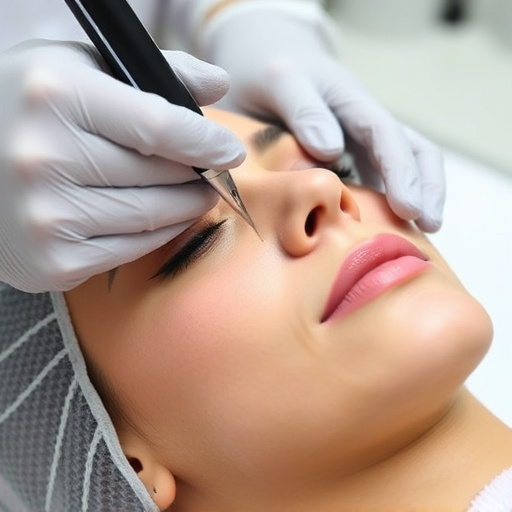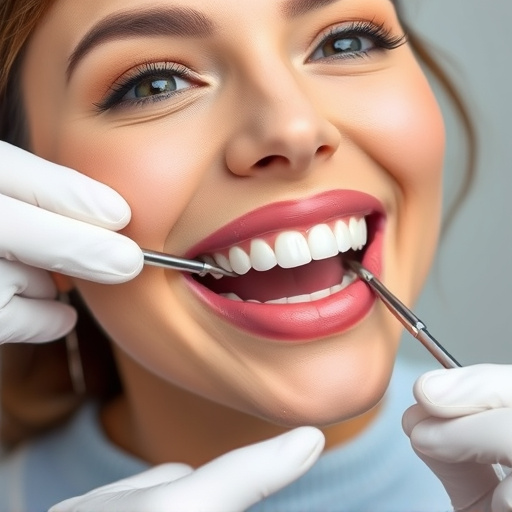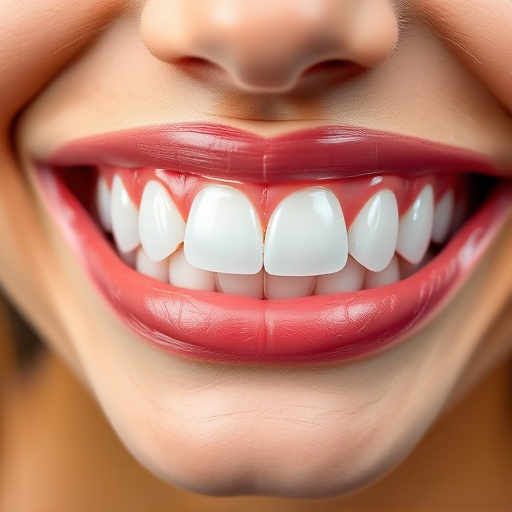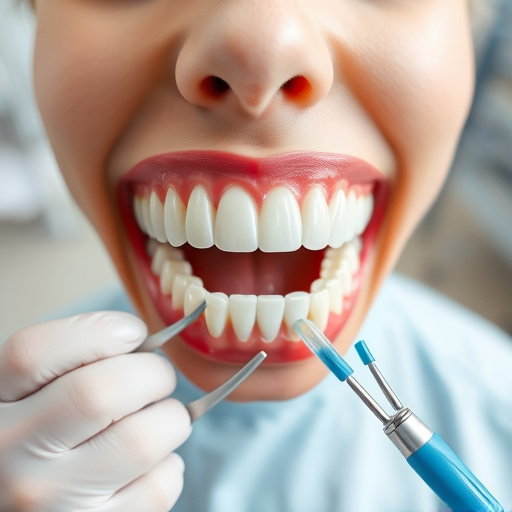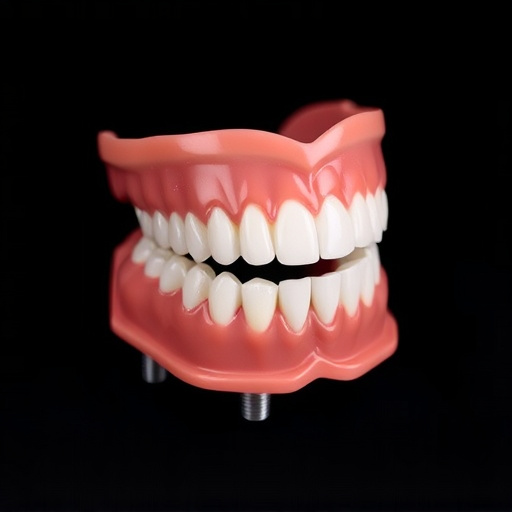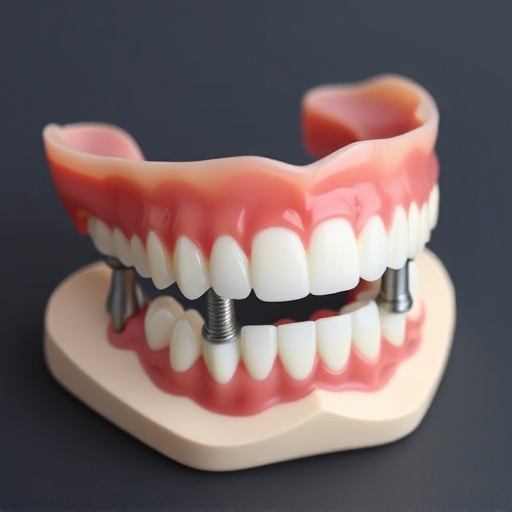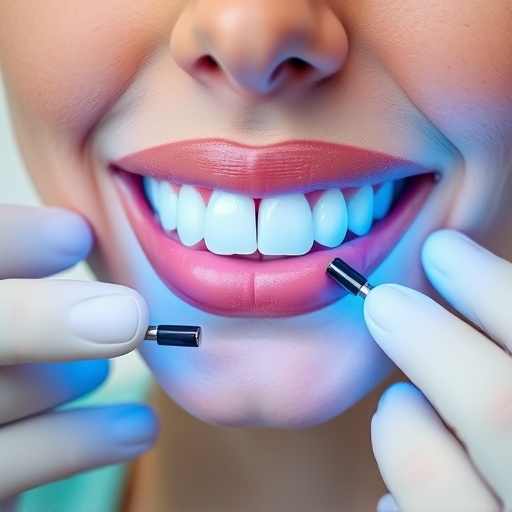Nitrous oxide sedation, or "laughing gas," is a safe and effective method to alleviate dental anxiety, making procedures less daunting for adults and children. Inhaling a mix of nitrous oxide and oxygen through a mask induces relaxation without causing loss of consciousness, allowing clear communication between patient and dentist. This technique enhances comfort for various treatments, from cleanings to surgeries, with quick recovery and minimal side effects like nausea or dizziness. However, it's best suited for shorter procedures due to its temporary nature, requiring proper monitoring by dental professionals.
“Uncover the transformative potential of nitrous oxide sedation, a gentle yet effective treatment option. This article guides you through the intricacies of this dental sedative, from its fundamental workings to the diverse benefits it offers in managing anxiety during procedures. We explore how it can alleviate fear and discomfort while highlighting key risks and what to expect before, during, and after the treatment. Whether considering nitrous oxide for yourself or a loved one, this comprehensive overview ensures you’re informed every step of the way.”
- Understanding Nitrous Oxide Sedation: The Basics
- Benefits and Potential Risks of the Treatment
- What to Expect During and After the Procedure
Understanding Nitrous Oxide Sedation: The Basics
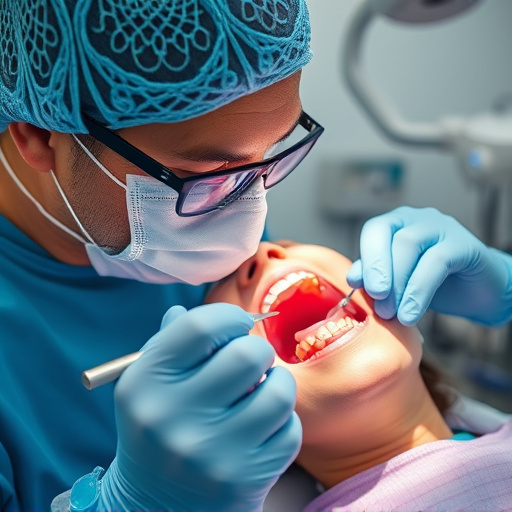
Nitrous oxide sedation, commonly known as “laughing gas,” is a mild form of anesthesia that offers a comfortable and safe way to manage dental anxiety. This simple yet effective technique involves inhaling nitrous oxide gas mixed with oxygen through a mask or nosepiece. The patient experiences a sense of relaxation and bliss, making dental procedures less intimidating. It’s an excellent option for both adults and children who need a little extra help to stay calm during dental work.
Understanding nitrous oxide sedation is crucial in the realm of comprehensive dental care. This method allows patients to remain awake and responsive throughout the treatment, ensuring clear communication with the dentist. After the procedure, the effects wear off quickly, leaving the patient feeling refreshed and relaxed. Often used for a range of dental procedures, from routine cleanings to more extensive treatments like fillings or even minor surgeries, nitrous oxide sedation provides a positive experience, making visits to the family dentistry office less stressful.
Benefits and Potential Risks of the Treatment
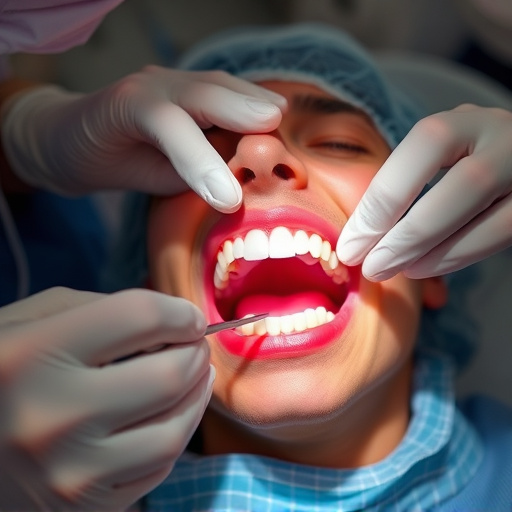
Nitrous oxide sedation, also known as laughing gas, offers a range of benefits for patients undergoing dental procedures. One of its primary advantages is that it allows patients to remain calm and relaxed during treatment, reducing anxiety and fear associated with dental work. This gentle sedative can be particularly useful for those who experience dental phobia or are sensitive to traditional sedation methods. By inhaling nitrous oxide, patients can achieve a state of profound comfort, enabling dentists to provide comprehensive dental care, including complex procedures such as dental crowns, without causing discomfort.
However, like any medical treatment, nitrous oxide sedation has potential risks. Some patients may experience mild side effects such as nausea or dizziness after the procedure. It’s also important to note that while it induces relaxation, it may not completely eliminate awareness, and patients could still feel some sensations during the treatment. Proper dental professionals will monitor patients throughout the process to ensure safety. Additionally, nitrous oxide is typically used for short procedures, as prolonged exposure may lead to increased risks. Therefore, general dentistry practices should carefully consider this option based on individual patient needs and the scope of required comprehensive dental care.
What to Expect During and After the Procedure
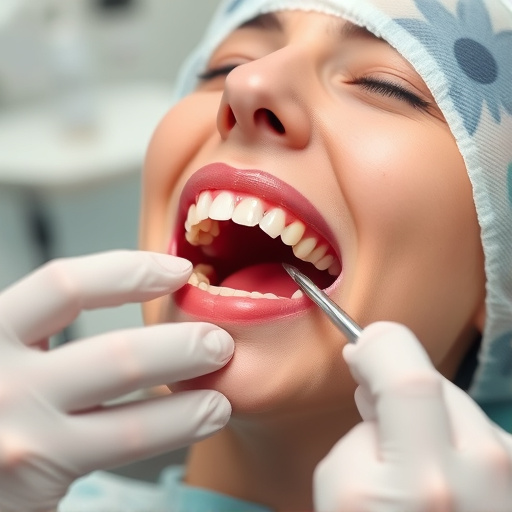
During your nitrous oxide sedation treatment, you’ll be comfortably seated in a reclined position, with music and a soothing environment to help you relax. The dentist will administer the nitrous oxide gas mixture through a mask, which you’ll breathe from for a specific duration determined by your dental needs. You can expect a feeling of calmness and lightheadedness, often described as a pleasant sensation akin to being in a cloud. Communication with your dentist is key, so they can adjust the flow rate or pause the procedure if needed to ensure the optimal level of relaxation without losing consciousness.
After the procedure, the effects of nitrous oxide will wear off quickly once you stop breathing the gas mixture. You’ll be assisted out of the chair and may feel refreshed and relaxed. In most cases, patients report minimal to no memory of the procedure. Post-treatment, your dentist might recommend a light snack or drink to help restore your energy levels. Given that nitrous oxide can temporarily impair your coordination and judgment, it’s advisable to arrange for someone to drive you home if needed. Comprehensive dental care, including options like clear aligners or dental bonding, can benefit from this sedation method, allowing for more comfortable and less anxious dental procedures.
Nitrous oxide sedation, also known as laughter gas, offers a unique and effective approach to managing dental anxiety. By understanding its benefits and potential risks, you can make an informed decision about this treatment option. During the procedure, you’ll experience a sense of calm and lightheadedness, making dental procedures more manageable. After the session, the effects wear off quickly, allowing for a swift return to normal activities. While generally safe, it’s crucial to discuss any concerns or medical conditions with your dentist beforehand. With proper care, nitrous oxide sedation can provide a positive and comfortable experience for those seeking relief from dental anxiety.


